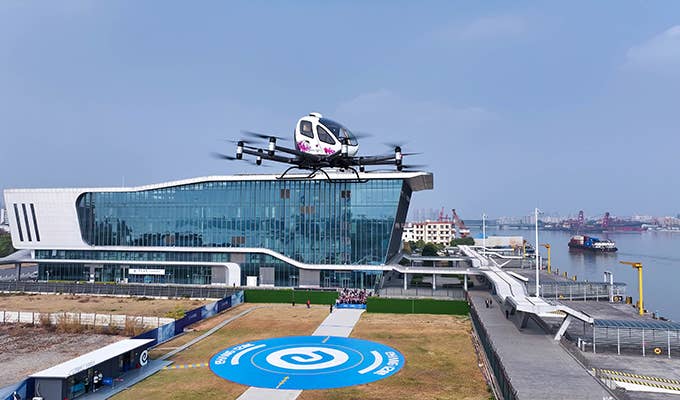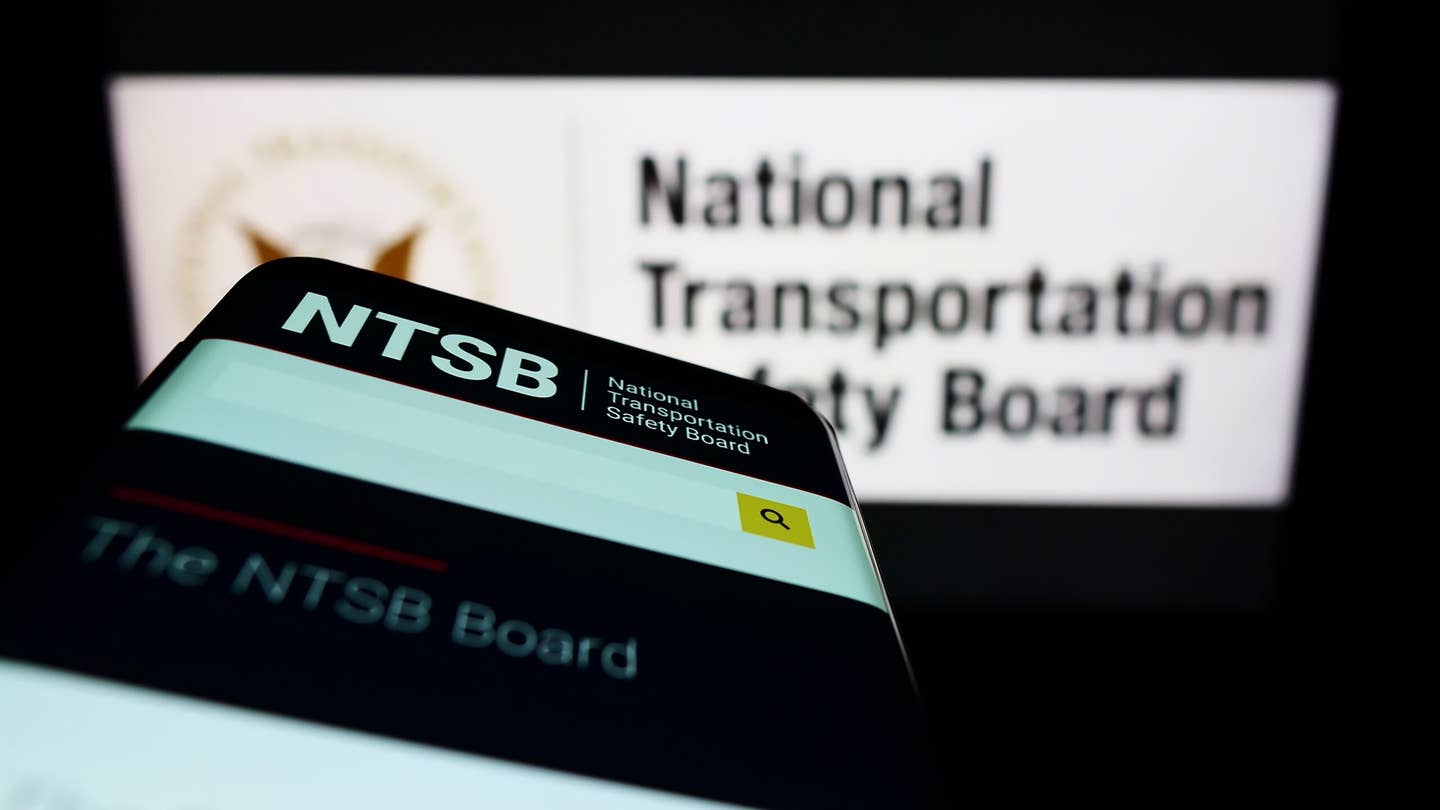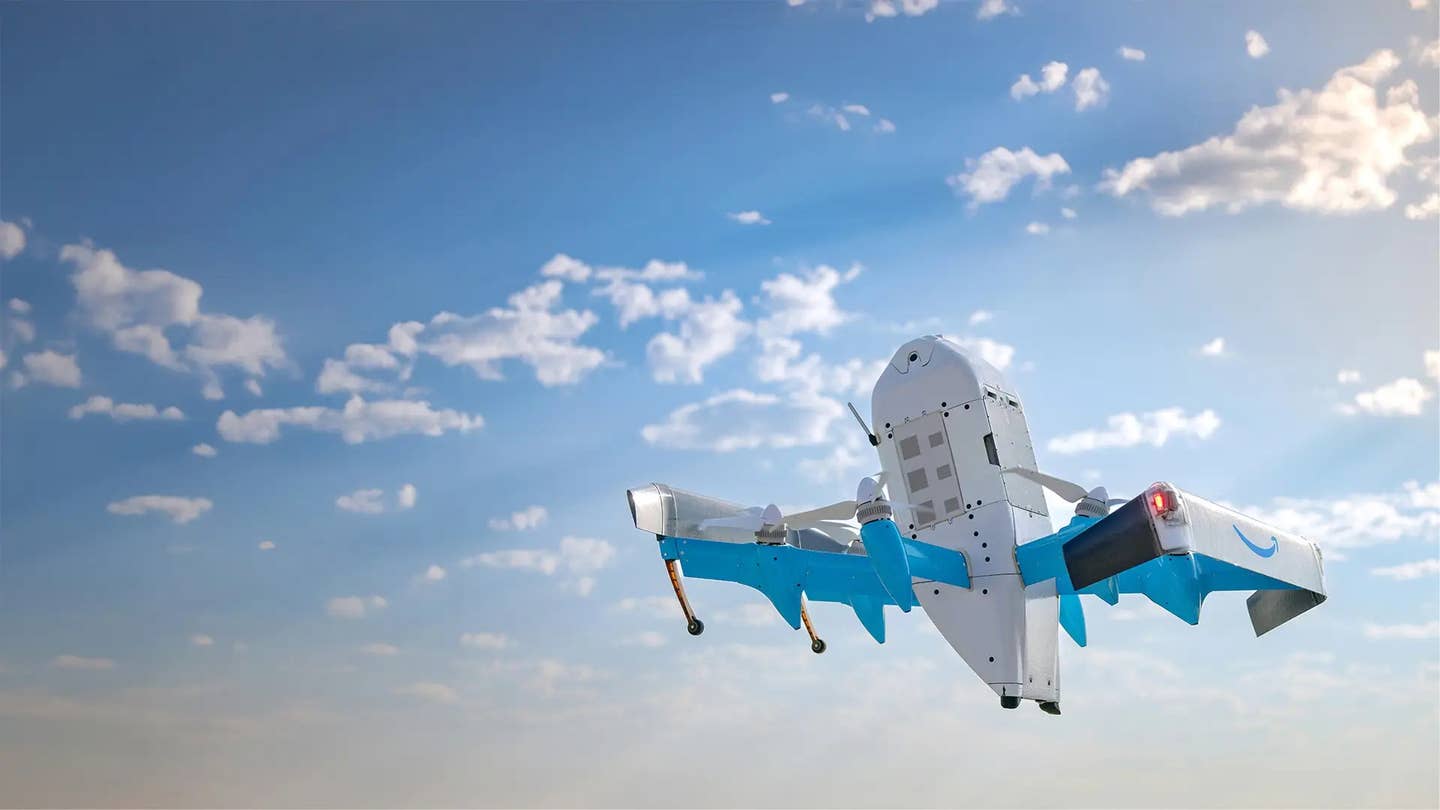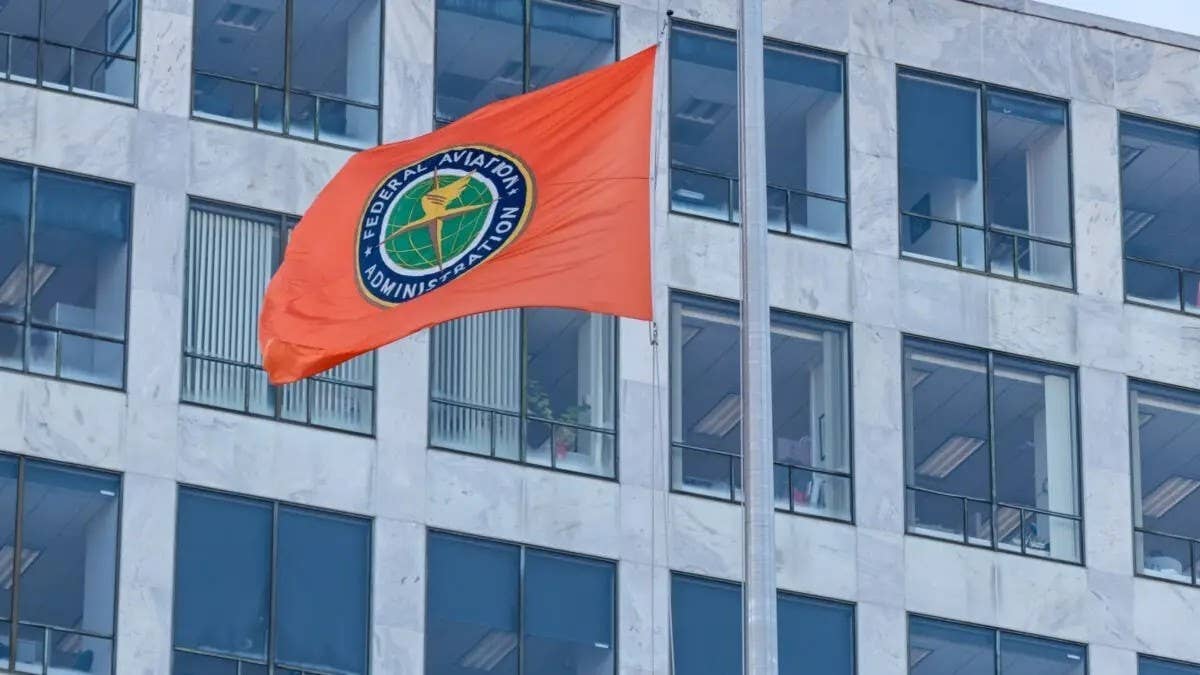House Bill Aims To Boost Aviation Workforce Development
Under the bipartisan bill introduced Tuesday, students could pay for aviation training with their 529 education savings plans.
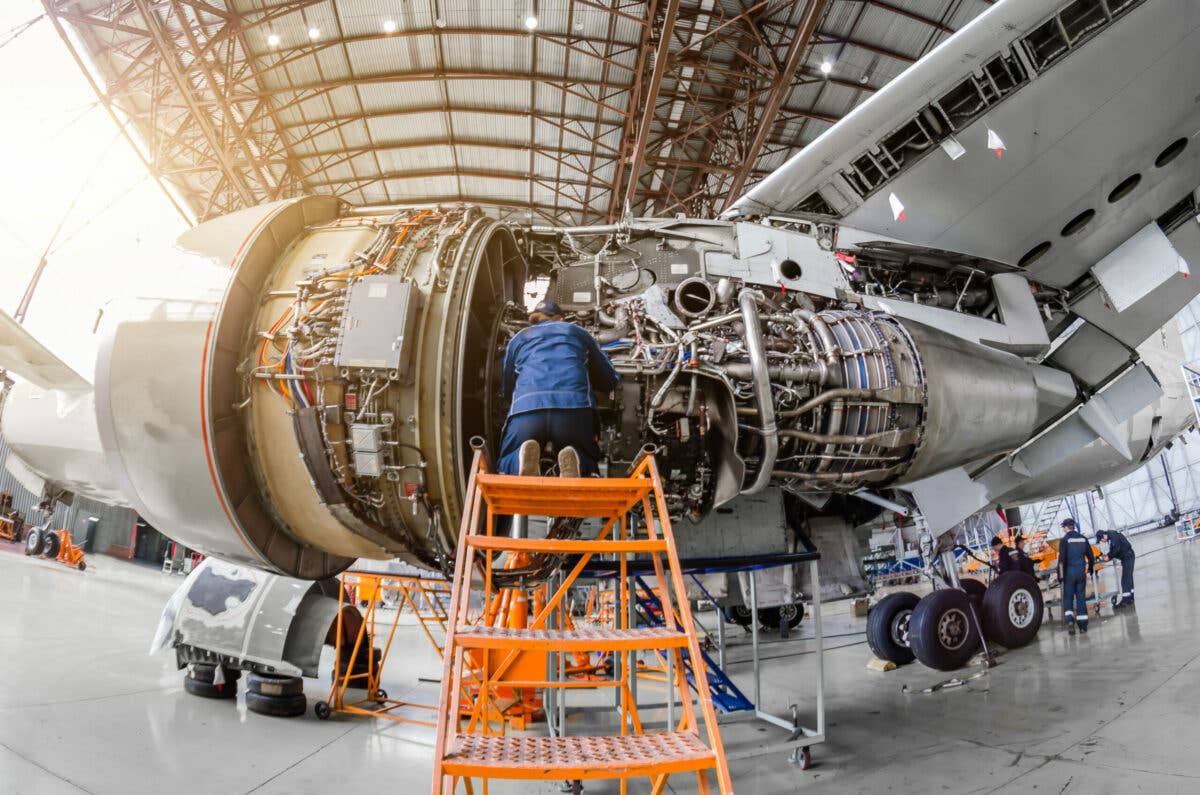
The Aviation Workforce Development Act aims to attract more Americans to careers as pilots and aircraft maintenance technicians. [Courtesy: Adobe]
In an effort to draw more Americans to careers as pilots and aircraft maintenance technicians, Congress introduced the Aviation Workforce Development Act on March 28.
The bipartisan legislation would make education and training more affordable by allowing students to use their 529 savings accounts for aviation-related industries. 529 plans are tax-advantaged savings plans designed to help pay for education. Initially, the plans could only be used for degrees at four-year universities.
By expanding 529 plans to include trades like aviation, the Aviation Workforce Development Act is addressing the shortage of qualified professionals in the industry and attracting new talent.
Representatives Mike Collins (R-Georgia), Jimmy Panetta (D-California), Mike Kelly (R-Pennsylvania.), and Aviation Subcommittee Ranking Member Steve Cohen (D-Tennessee), introduced the legislation, along with several co-sponsors.
“The airline industry has been experiencing a shortage of pilots for years, and early retirements forced by the COVID-19 pandemic only accelerated that shortage,” said Kelly. “We must do everything we can to incentivize more Americans to become airline pilots. This Aviation Workforce Development Act does just that. By making training more affordable, not only can we hire more pilots, but we can also provide more flights—both domestically and internationally—to fully serve airports like Erie International Airport, which has lost critical air service in recent years due in part to the skilled labor shortage.”
Several industry stakeholders have also endorsed the bill—including the National Air Carrier Association (NACA), Southwest Airlines Pilots Association (SWAPA), and Aircraft Mechanics Fraternal Association (AMFA).
NACA, which includes ultra low-cost carriers such as Allegiant Air, Avelo Air, Breeze Airways, Frontier Airlines, Spirit Airlines, and Sun Country Airlines, reiterated the need to hire qualified pilots. To keep up with passenger and cargo demand, NACA says airlines will need to hire at least 7,300 pilots this year despite a pool of only 5,300 who qualify.
In a letter of support for the bill, NACA wrote, “Despite average pay increasing by nearly 70 percent, fewer Americans are pursuing careers as airline pilots. The Aviation Workforce Development Act will help increase the pilot supply in the near- and long-term by providing financial incentives, specifically making education expenses at FAA-certified commercial pilot schools and mechanic schools a qualified expense for 529 Qualified Tuition Plans."
But it’s not just a lack of pilots disrupting air travel. Aviation mechanics are in short supply. According to Boeing’s most recent report, to maintain the global commercial aviation fleet until 2040, the industry will need 626,000 new maintenance technicians. A major component in attracting more talent is investing in early education programs.
According to AMFA, “The aviation maintenance workforce is in sore need of new technicians. But for many, the cost of higher education is a significant challenge. By empowering students to use their 529 savings to pay for tuition and expenses at an aircraft maintenance school, the Aviation Workforce Development Act will help address the severe deficit of qualified aircraft maintenance technicians."
Additionally, airlines, manufacturers, flight training education associations, and pilot and mechanic unions have all expressed support for the legislation.
"The Aviation Workforce Development Act is a common-sense proposal to give Americans who want to pursue a career in aviation, on the ground or in the air, the same tools as those seeking four-year degrees with zero increased cost to taxpayers," according to Collins.

Sign-up for newsletters & special offers!
Get the latest FLYING stories & special offers delivered directly to your inbox


